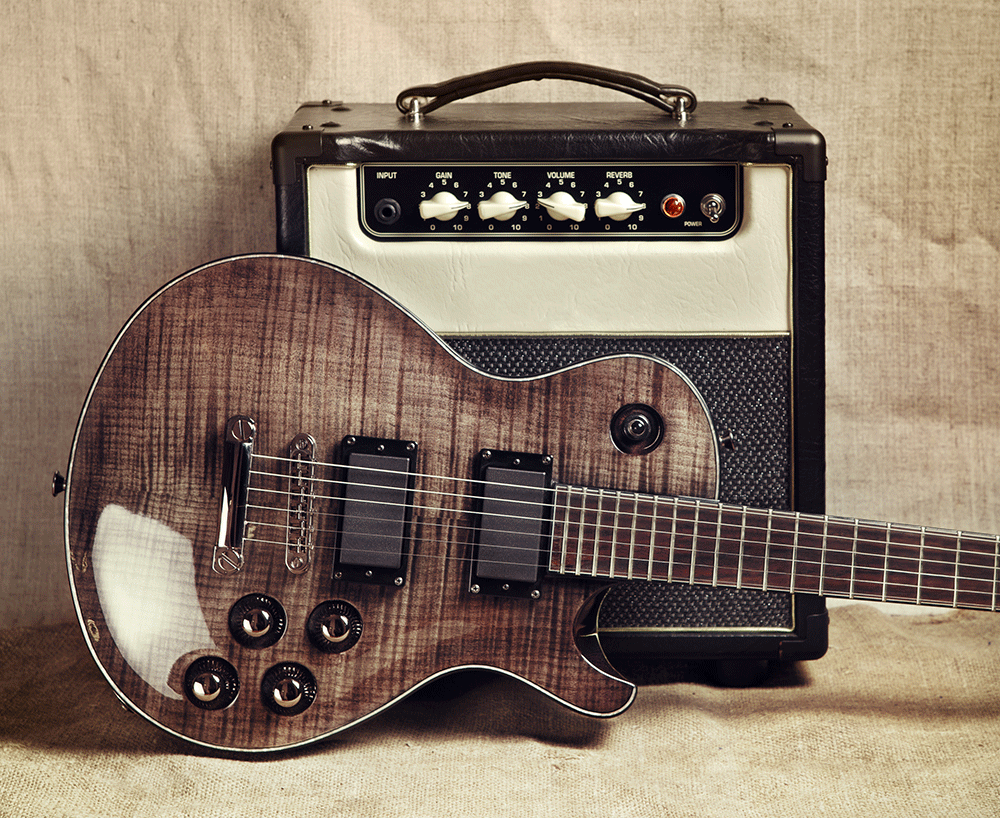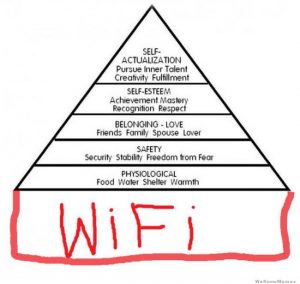Outsourcing Electronic Design Projects

Electronic design projects usually use a group of software tools in the design of electronic systems including integrated circuits, printed circuit boards and electronic products from appliances to weapons. Suffice it to say that the technology is a crucial component of the manufacturing process across diverse industries.
But not every company has the capability in technologies, manpower and resources to undertake projects on their own, thus, the necessity for outsourcing. In itself, outsourcing has several benefits including tapping into the proven technologies, manpower and networks of the third-party provider and enjoying the desired results, which translates to excellent value for the money. Then again, outsourcing has many pitfalls wherein anything and everything can go wrong – and in sensitive projects involving electronic design, something going wrong can quickly become a nightmare.
The benefits of outsourcing design projects will then partly be determined by the quality (i.e., experience and expertise, reliability and reputation) of the engineering firm hired for the purpose and partly by the quality of coordination each party has with the other. Start asking for references for the best engineering firms in the industry and then make your choice from the shortlist after careful consideration of their suitability for the project.
Companies offering electronic design projects for outsourcing should be aware of three dangers in the process. First, the lack of familiarity between the two parties specifically in their operations will hinder the design process in so many ways – the right results may not be delivered in the right time to the right person, for example. Your company may not be familiar with the engineering firm’s processes in design projects and vice versa.
Second, the lack of preparation on the part of the company outsourcing the design work will jeopardize the entire project, too. Keep in mind that the company must have a project plan including detailed functional specifications before the project can be handed over, so to speak, to the contractor. Otherwise, mistakes will abound and reworks will be necessary, which will add to the overall costs – truly, something that any company will want to avoid.
Third, the lack of a written agreement (i.e. formal contract) can result in several disagreements, if not lawsuits. Intellectual property rights (i.e., who owns what part of the project) are thorny issues that every company outsourcing its electronic design projects must be aware of.
When any of these things manifest themselves, both the company and the contractor will have to deal with a wide range of issues. Think of incorrect results, inappropriate specs, and innumerable reworks, which are relatively mild in comparison with stolen design ideas, industry espionage, and violations of intellectual property rights.
Fortunately, these are issues that can be avoided with careful planning even before the electronic design project is outsourced. Do your homework on the specs for the project and the contractor for it. Work with the contractor on every aspect of the project so that mistakes can be detected and resolved early on. Get the terms and provisions of the project in writing.


 The strange thing is that it’s not just rock guitar amps which use valve technology. Every professional recording studio will use valves in their production hardware – even computer based genres like house, trance and sample-driven hip-hop. This is because specialist music production hardware such as compressors (which reduce the dynamic between loud and quiet signals) and graphic EQs (which boost some frequencies and reduce others) simply sound better when valves are introduced. Something about this inefficient – and, by now, archaic – technology appeals to the human ear that modern transistors, ICs and software doesn’t. There’s no scientific reason why this is the case, but industry experts and casual listeners all seem to agree – a vacuum tube is the best sounding form of amplification there is.
The strange thing is that it’s not just rock guitar amps which use valve technology. Every professional recording studio will use valves in their production hardware – even computer based genres like house, trance and sample-driven hip-hop. This is because specialist music production hardware such as compressors (which reduce the dynamic between loud and quiet signals) and graphic EQs (which boost some frequencies and reduce others) simply sound better when valves are introduced. Something about this inefficient – and, by now, archaic – technology appeals to the human ear that modern transistors, ICs and software doesn’t. There’s no scientific reason why this is the case, but industry experts and casual listeners all seem to agree – a vacuum tube is the best sounding form of amplification there is.
 This image shows how most people see their human needs according to Maslow’s scale. It is of course mean as a joke, but it does point out how important WiFi is to our society. Electronic design behind a range of boosters, amplifiers and extenders means that you can browse quicker and further from your wireless router thanks to the following factors:
This image shows how most people see their human needs according to Maslow’s scale. It is of course mean as a joke, but it does point out how important WiFi is to our society. Electronic design behind a range of boosters, amplifiers and extenders means that you can browse quicker and further from your wireless router thanks to the following factors: